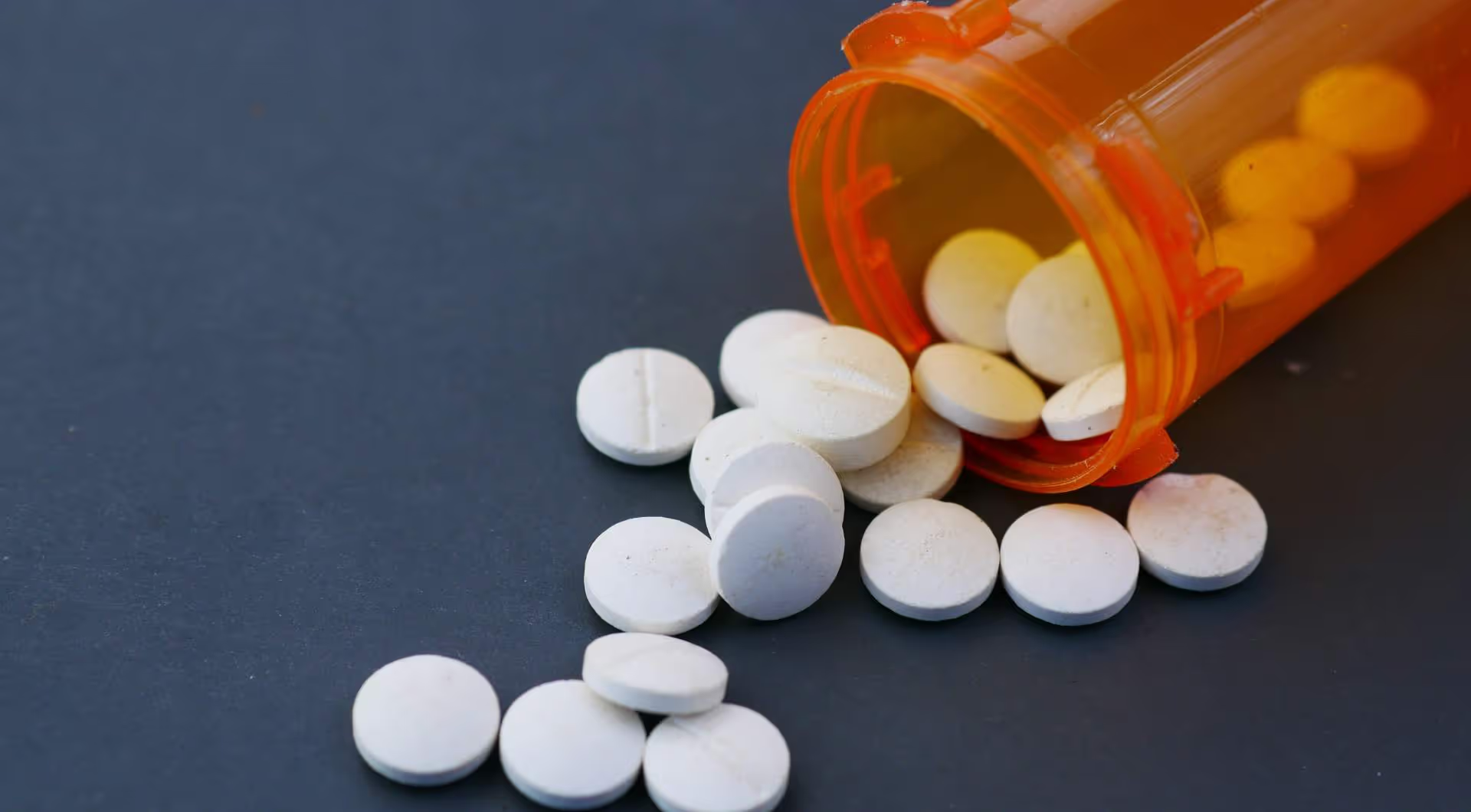Pushing the Limit: How Much Is Too Much Ritalin?

You may have been taking Ritalin for a while now, but you’re starting to feel as if it’s not working as well as it used to. You might find yourself wondering if taking more will give you the desired effects you’re looking for, but how much is too much? Is it safe to take more than your prescribed amount?
It may be tempting to raise your dosage, but your current dosage was carefully chosen based on specific factors for you.
In this article, we’ll use research to explain what Ritalin is, the factors that determine how much one should take, and what the signs are that may indicate you’ve taken too much.
Table of Contents
- What Is Ritalin?
- How Much Ritalin Is Too Much?
- Ritalin Dosage: 6 Factors That Influence How Much Ritalin Is Too Much
- Commonly Asked Questions About How Much Ritalin Is Too Much in One Day
- Dove Recovery: A Comprehensive Approach to Addiction Treatment
Ritalin is the brand name for the prescription drug methylphenidate (MPH), which is a central nervous system stimulant. The drug acts as an inhibitor, increasing the concentration of dopamine and norepinephrine in the nervous system, leading to better attention and focus. Doctors often prescribe Ritalin to patients who suffer from attention-deficit hyperactivity disorder (ADHD).
Determining the correct dose for you depends on a variety of factors.
Factors that influence Ritalin’s effects include:
- Age
- Weight
- Diagnosis
- Form of Ritalin
- Coexisting medical conditions
- Additional medications
If you or a loved one is struggling with the misuse of Ritalin, it may be time to reach out for professional help. Dove Recovery offers a variety of addiction and therapy programs for individuals who need guidance and support during their path to recovery.
Call or fill out an online contact form, and our administrative team will reach out to you promptly. We are here to answer any questions you have and help you start your journey to a successful recovery.

#1: Age
Ritalin is considered safe for individuals 6 years and older. The recommended dosage for children aged 6 to 17 typically starts at 10 mg per day, with a maximum daily dose of up to 60 mg.
A study involving child participants aged between 10 and 12 years and adult participants aged between 23 and 40 years revealed that MPH affects the children's dopamine levels more than it affects adults. The results show the importance of taking age into account while determining dosage, as children are more responsive to MPH than adults.
According to a CDC survey (2005-2010), about 3.2% of U.S. adolescents (ages 12-19) reported using an ADHD medicine. Teens are more susceptible to certain effects and misuse of Ritalin due to their underdeveloped prefrontal cortex. Because teens typically feel more academic pressure, they have a higher risk of misuse.
The recommended starting dosage for adults is 20 to 30 mg, with a maximum of 60 mg. Specific dosage is dependent on individual needs.
#2: Weight
Ritalin dosage is not based directly on the number on the scale, but your weight can affect how your body metabolizes the drug. Your metabolic rate determines the strength and duration of the medication’s effects.
Factors that influence how fast or slow your body processes Ritalin include:
- Gender
- Weight
- Time of day the medication is taken
- Level of physical activity
- Level of stress
- Stomach contents and PH level
#3: Diagnosis
Dosage is also determined by the specific condition Ritalin is prescribed to treat. Adults diagnosed with ADHD and narcolepsy are typically prescribed between 20 mg and 60 mg of Ritalin per day, divided into two or three doses throughout the day.
#4: Form of Ritalin
The 2 forms of Ritalin are:
- Immediate-release tablets, which provide a rapid onset and last up to 3 to 4 hours.
- Extended-release oral capsules (Ritalin LA), which have a slower release rate but a longer duration of up to 10 hours.
#5: Coexisting Medical Conditions
If you have other preexisting medical conditions, your dosage may need to be altered to safer levels that better suit your health. Conditions such as heart problems, high blood pressure, liver and kidney issues, or mental health disorders may affect how your body processes Ritalin.
#6: Additional Medications
Ritalin can interact with other medications. In some cases, you may need to adjust your dosage or avoid Ritalin completely. It is crucial to inform your medical provider about all medications and supplements you are taking so they can prescribe the proper dosage. It will also help them prepare you to look for signs of possible adverse interactions.
Medications that are known to cause negative interactions include:
- Antidepressants
- Antipsychotics
- Blood thinners
- Other Stimulants
For a more detailed list, or to find out whether your current medications or any you plan to take can be safely taken with Ritalin, reach out to your healthcare provider with any questions and concerns.

Can You Overdose on Ritalin?
Improper use of Ritalin can sometimes lead to an accidental overdose. Methylphenidate’s potent abuse potential is due to its effects on the pleasure and reward-associated brain regions. Taking too much Ritalin can have dangerous, life-threatening side effects.
If you think you or someone else may be experiencing an overdose, call 911 immediately. Try to gather important details to help emergency responders provide the best possible care.
Helpful information for first responders includes:
- The amount taken
- The time it was taken
- Whether any other substances were used
- Any other health concerns
If you are worried about a possible overdose due to the amount of Ritalin you are taking, it’s time to reach out to an addiction rehab to guide you to a healthier life.
What Are Signs That You've Taken Too Much Ritalin?
Too much Ritalin poses psychiatric, psychological, and physical dangers.
Possible symptoms of taking too much Ritalin include:
- Rapid heartbeat or breathing
- Chest pain
- High blood pressure
- Fainting
- Mental confusion
- Delirium
- Hallicinations
- Tremors
- Agitation
- Nausea
- Anxiety
- Headache
- Dry mouth
Seek immediate help if any of these symptoms occur.
Is 100MG of Ritalin Too Much?
The FDA does not recommend taking over 60mg of Ritalin a day. It’s important to know that each person is different and will need to be personally evaluated to determine how much is too much Ritalin for their specific body and situation.
If you are experiencing any of the signs and symptoms of taking too much Ritalin, speak to your provider about adjusting your dose.
Is 40MG of Ritalin Too Much?
Your healthcare provider will determine whether 40mg is too much for your body. The maximum daily dosage for an adult is 60mg a day. If you were prescribed 40mg of Ritalin a day without experiencing major side effects, you may be taking the appropriate dosage.
If you are experiencing any of the signs and symptoms of taking too much Ritalin, speak to your provider about adjusting your dose.

Due to its stimulant effects, Ritalin can be an addictive drug if it is misused or abused. If you or a loved one has found themselves needing help to overcome a Ritalin addiction, Dove Recovery is here to help. Offering a variety of treatment options, our recovery program is set up to guide and support you as you walk towards sobriety.
Dove Recovery offers personalized treatment plans that focus on you and your recovery journey. Our compassionate and knowledgeable team is here to provide you with the tools, encouragement, and expert care along the way.
Dover Recovery programs include:
- Detox
- Counseling and therapy
- Intensive outpatient programs
- Outpatient programs
- Partial hospitalization programs
Reach out today to begin the road to a healthier, happier life.

